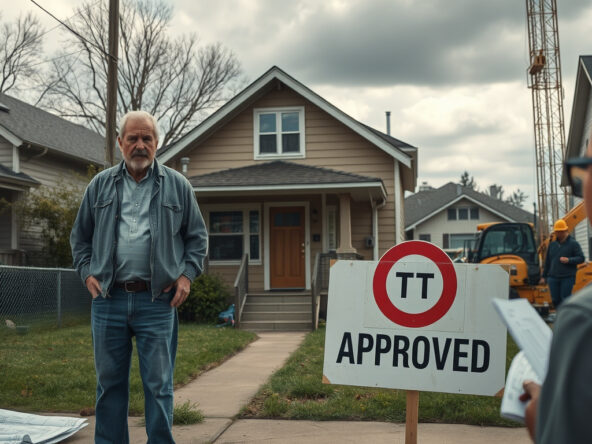Concerns Over Houses in Multiple Occupation in Hull
A senior councillor—whose position anchors responsibility within Hull’s administrative matrix—has raised alarms about the dense clustering of Houses in Multiple Occupation (HMOs) in the urban area; his assertion connects a high ratio of shared dwellings, sometimes approaching fifty percent per locality, with potential weakening of community bonds, a contention that emerges from his acute monitoring of landlord activity and property conditions.
Residents, articulating intricate layers of disquiet, report that their lived experience ties rising instances of anti-social conduct directly to these HMOs; their discourse interlinks recurrent disturbances—manifested in persistent noise, pervasive litter accumulation, and observable street disorder—with an overall decline in neighbourhood standards, thereby embedding a network of symptomatic critiques within the local social fabric.
A parallel dynamic arises in the housing market: a palpable market drive established by the affordability of HMOs—in which rental agreements incorporate utility expenses—coexists with municipal records that enumerate nearly 2,000 such dwellings; here, property licensing mandates and systematic safety inspections serve as regulatory anchors, each intricately fastened to the overarching framework of property accountability.
In the realm of development, property investors and planners articulate a position that contends loosening some regulatory constraints might precipitate the construction of superior standard accommodations; this argument couples new legal imperatives, such as a licensing protocol imposed on larger HMOs with enforced inspection schedules, with an emergent strategy aimed at controlling the evolution of urban residential configurations.
As the rental landscape continues its dynamic transformation, the tension linking affordable housing requirements to the preservation of community order remains embedded within municipal debates; prospective property investors, whose analyses span implications for local tourism influx and residential valuation, find themselves negotiating a multifaceted dialogue that oscillates between market imperatives and communal stability.
In summary, the profile of HMOs—while facilitating access to cost-effective housing—invokes a series of challenges that directly impact the cohesion of local communities and undermine established urban living conditions; ongoing exchanges among council members, residents, and development stakeholders reveal a richly complex scenario that defies simple resolution.


